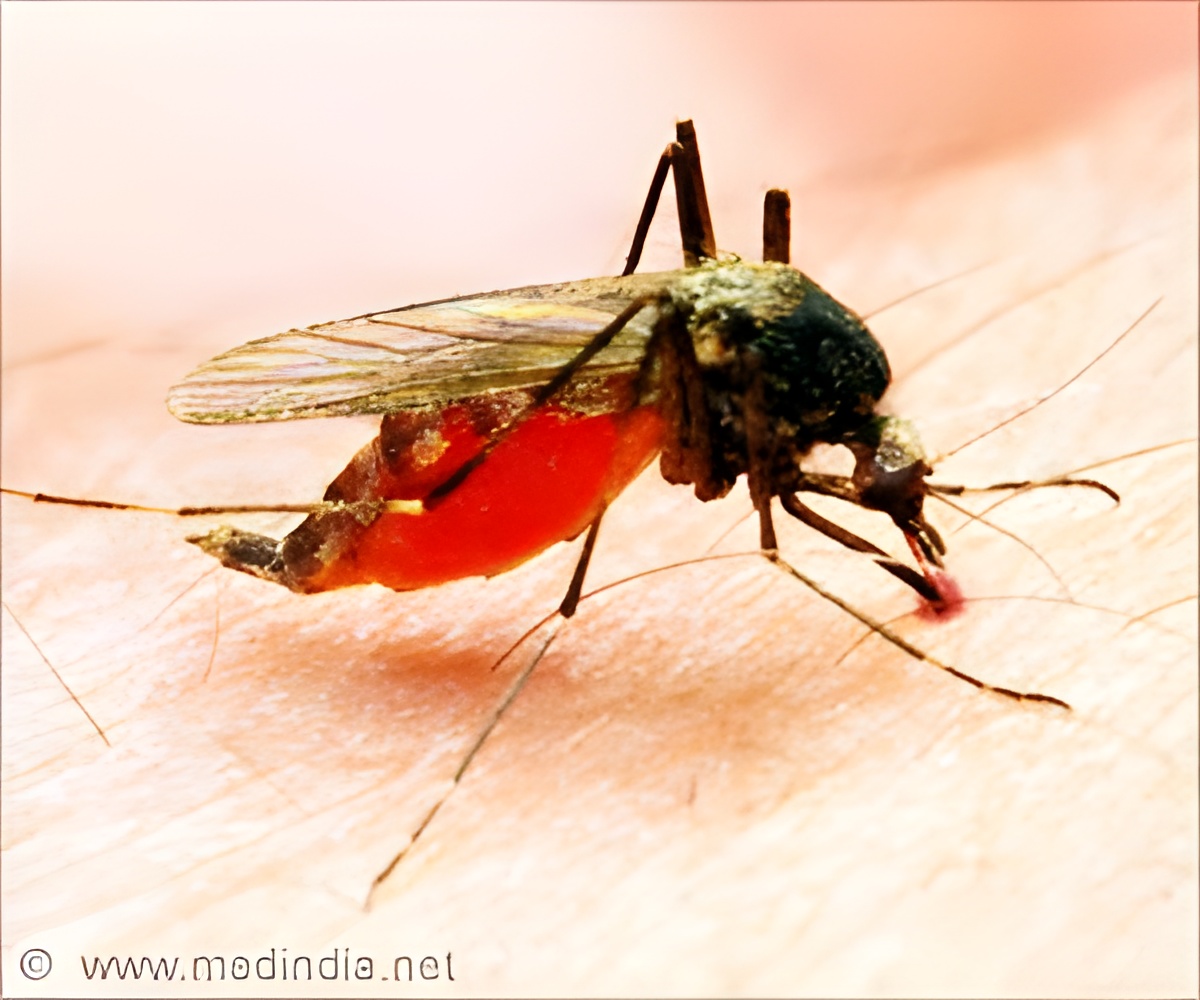
‘Until few days ago, the tropical Zika forest in Uganda was a little-known reserve visited only by bird watchers and scientists. The mosquito-borne Zika virus was first discovered in 1947 in the thick woodland of Zika forest.’
Tweet it Now
Days ago, the tropical Zika forest was a little-known reserve visited only by bird watchers and scientists. Most local cases of the virus were mild, resulting in rash, fever, and red eyes in a small fraction of cases. Global health authorities barely took notice until an outbreak on the Micronesian island of Yap in 2007.
An outbreak that began in 2015 in Brazil has been blamed for a surge in birth defects with thousands of babies born with small heads, an incurable and sometimes fatal condition known as microcephaly.
Uganda's health ministry is keen to point out it has no known cases of the virus, and that the current Americas' outbreak did not originate in East Africa. The ministry said, "We have not recorded a case in Uganda in several years and we don't have such an outbreak. As a country, our disease and epidemic response systems are strong as evidenced in the way we have handled past viral hemorrhagic fever outbreaks."
Uganda has suffered outbreaks of Ebola in the past, as well as a mysterious illness known as 'nodding disease'.
Advertisement
'Warning! Uganda Virus Research Institute Land. Don't Trespass', reads one metal sign amid the thick vegetation, the red paint peeling in the sun.
Advertisement
Also spelt Ziika, the 12 hectare (30 acre) site with over 60 different types of mosquito, means 'overgrown' in the local language, Luganda.
UVRI notes proudly the 'most prominent visitor' to Zika was the former US President Jimmy Carter 'who came on a bird watching tour'.
The details of the virus' discovery, written up in a 1952 paper by Britain's Royal Society of Tropical Medicine and Hygiene, described the 'forested area called Zika', where scientists were researching yellow fever among small rhesus macaque monkeys.
The paper read, "This area of forest consists of a narrow, dense belt of high but broken canopy growth with clumps of large trees. It lies along the edge of a long arm of Lake Victoria from which it is separated by a papyrus swamp."
Top UVRI scientist Julius Lutwama, 56, described how caged monkeys had been placed at different heights, with a 36 meter (120 foot) steel tower allowing researchers to carry out studies in the canopy of the thick trees. He said, "Blood samples would be taken from these monkeys to try to diagnose yellow fever, but actually that is how this disease was found."
There is no vaccine against Zika, which top US health authorities described as a 'brand new' virus that has expanded swiftly in recent years and been linked to brain damage in babies.
Lutwama said, "What has happened in South America is that it has changed a little bit and through these changes it has become more aggressive towards humans. This small change has resulted in it posing deep problems in the human population."
But Lutwama, like Uganda's health ministry, say he is not concerned and it poses little threat to Uganda, where people have always lived with it. Lutwama added, "Zika virus has always been a mild infection. Out of say five or 10 people who are infected, only one or two may actually show some fever that is noticeable. Probably the other thing for us is that we have so many other viruses in the same group, so they confer some kind of immunity towards each other."
Source-AFP












